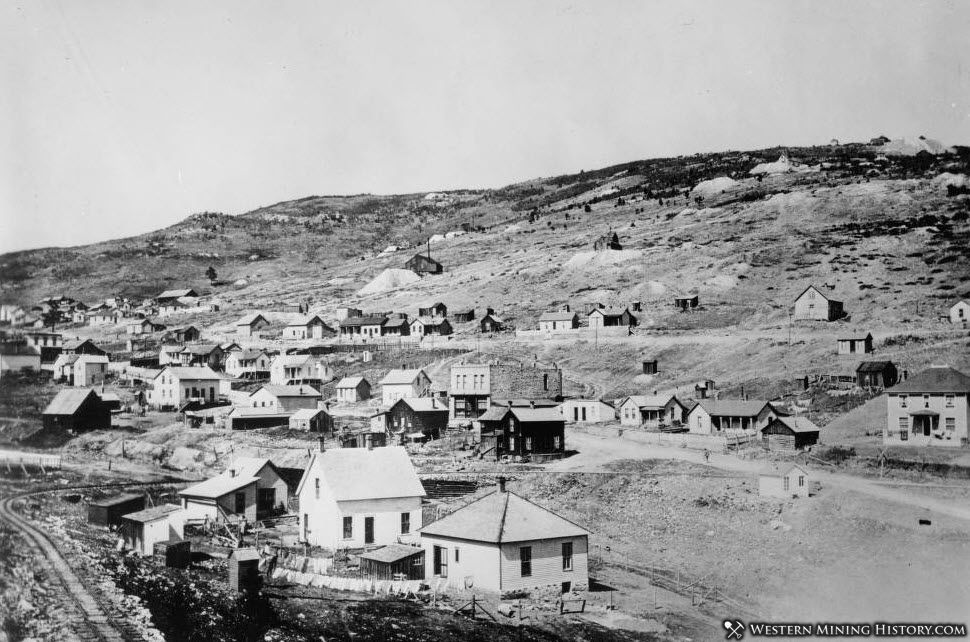Russell Gulch History
The story of Russell Gulch begins with the town's namesake William Greeneberry Russell, more commonly known as Green Russel. Russel was a native of Georgia and grew up in the area where the 1827 gold rush that occurred in that state. He returned to Georgia after spending some time in the California gold fields in the early 1850s but when the family hit hard times his mind turned back to the Rocky Mountains that he had bypassed to and from California.
Russell and his brothers set out for the Rocky Mountains in 1858. On their journey across the plains many men joined them until their party consisted of over 100 men. When they reached the Rockies they split up and prospected both banks of the Platte River, eventually reaching the South Park region of Colorado. Although they did not hit a major strike, they did find enough gold to justify the expedition and the decision was made to build cabins and spend the winter at the base of the mountains.
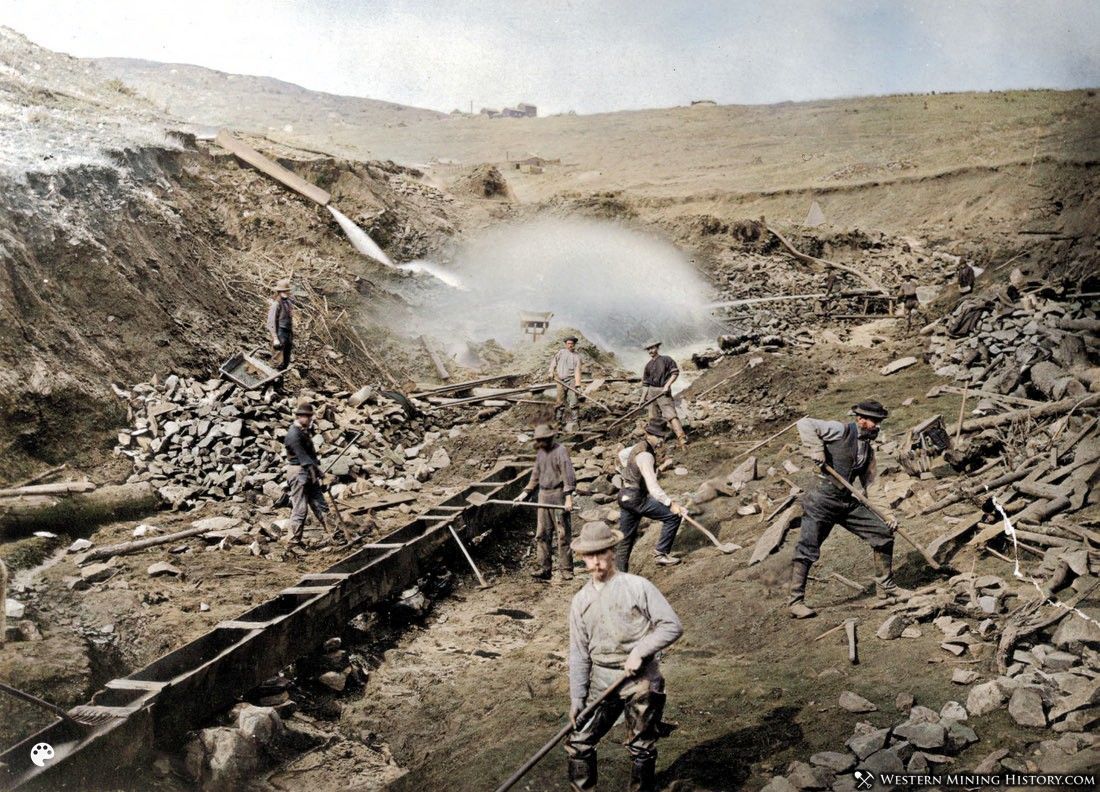
Russel's prospecting party inadvertently provided the stimulus that would result in the 1859 Colorado gold rush. News of his early finds got out and other prospecting parties either joined the Russel party or simply tailed them in the hope that Russel would lead them to the gold. Midwestern newspapers printed exaggerated stories of the riches that Russel discovered, and the rush to the Rockies was on.
Ironically it was another Georgian, John Gregory, a man that apparently Russell knew and had some sort of grudge against, that beat him to Colorado's first major gold strike. Gregory discovered rich gold deposits in what was first known as Gregory Gulch, but later would be the site of the Central City district, one of Colorado's most spectacular mining areas.
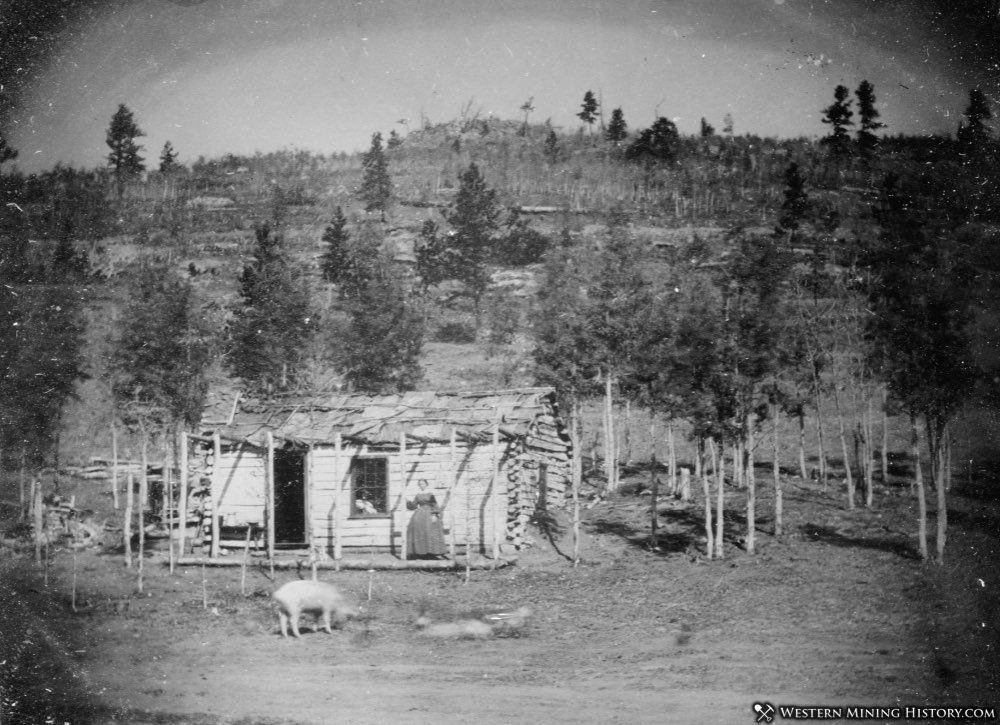
Russel and his party, which was now approaching 200 men, made their way to Gregory Gulch to inspect the mines there. Unlike other miners that were flocking to the gulch, Russell chose to pass through without staking any claims, determined to find his own rich strike. It was said that Russell and Gregory never spoke or acknowledged each other as the party passed through.
Finally, just a few miles up the Gulch, Russell made his find. Free gold was discovered in enough quantity to warrant settling in an area that would soon be named Russell Gulch. By the fall of 1869 the district was formalized and the town of Russell Gulch began to take shape. The 1860 census reported 2,500 residents in the new gold town.
Initially the town consisted entirely of log cabins, but many commercial buildings were soon built with brick. The town had a school, assay offices, general stores, and at least one church.
Most of the rich placer ground was exhausted in the first three or four years but the transition to lode mining kept the town active for the many decades. Census records show that the population remained between 500 and 728 from 1880 to 1910. The 1930 census reported just 75 residents.
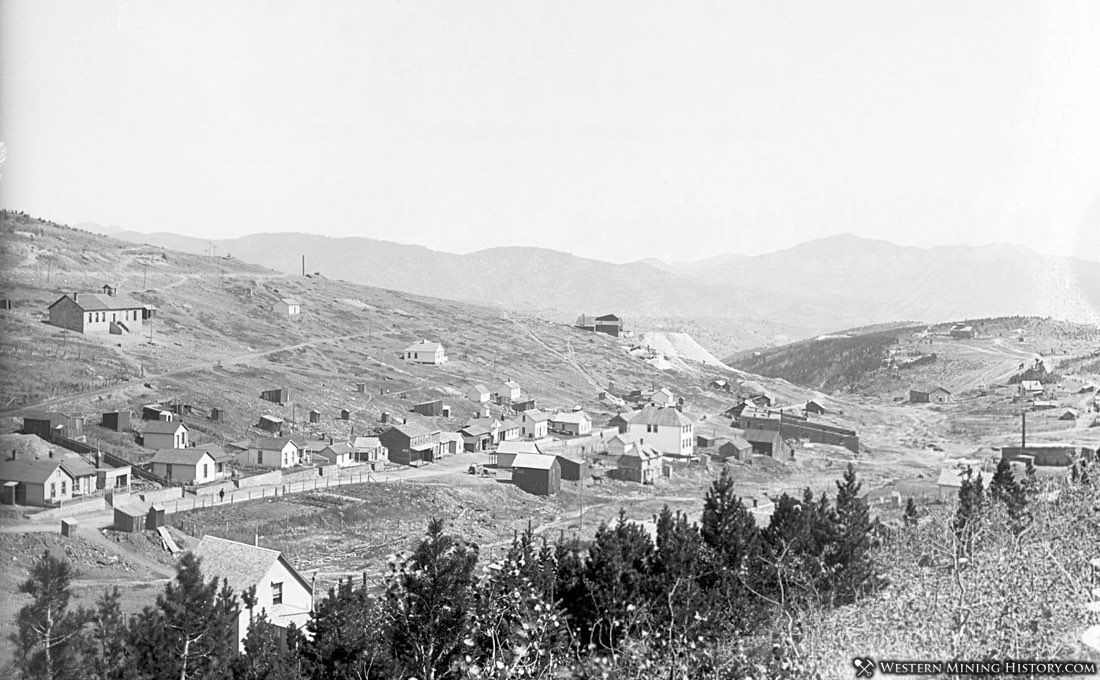
Russell Gulch never became a great mining city like nearby Central City, but it did endure for many decades. Mining activity came and went and a small population kept the town alive. The post office finally closed in 1943, undoubtedly a result of the moratorium placed on gold mining by the government during the war years.
As for Green Russell, like many prospectors of the day (including his rival Gregory) he did not stick around long work the mines he discovered. In 1862 he returned to Georgia to join the Confederate Army. After the war he returned to Colorado where he lived until around 1875. Russell had a Cherokee wife, and after leaving Colorado he went to live with the Cherokee at their reservation in Oklahoma.
Today Russell Gulch is still home to a handful of people and some historic buildings remain.
A Tour of Colorado Mining Towns
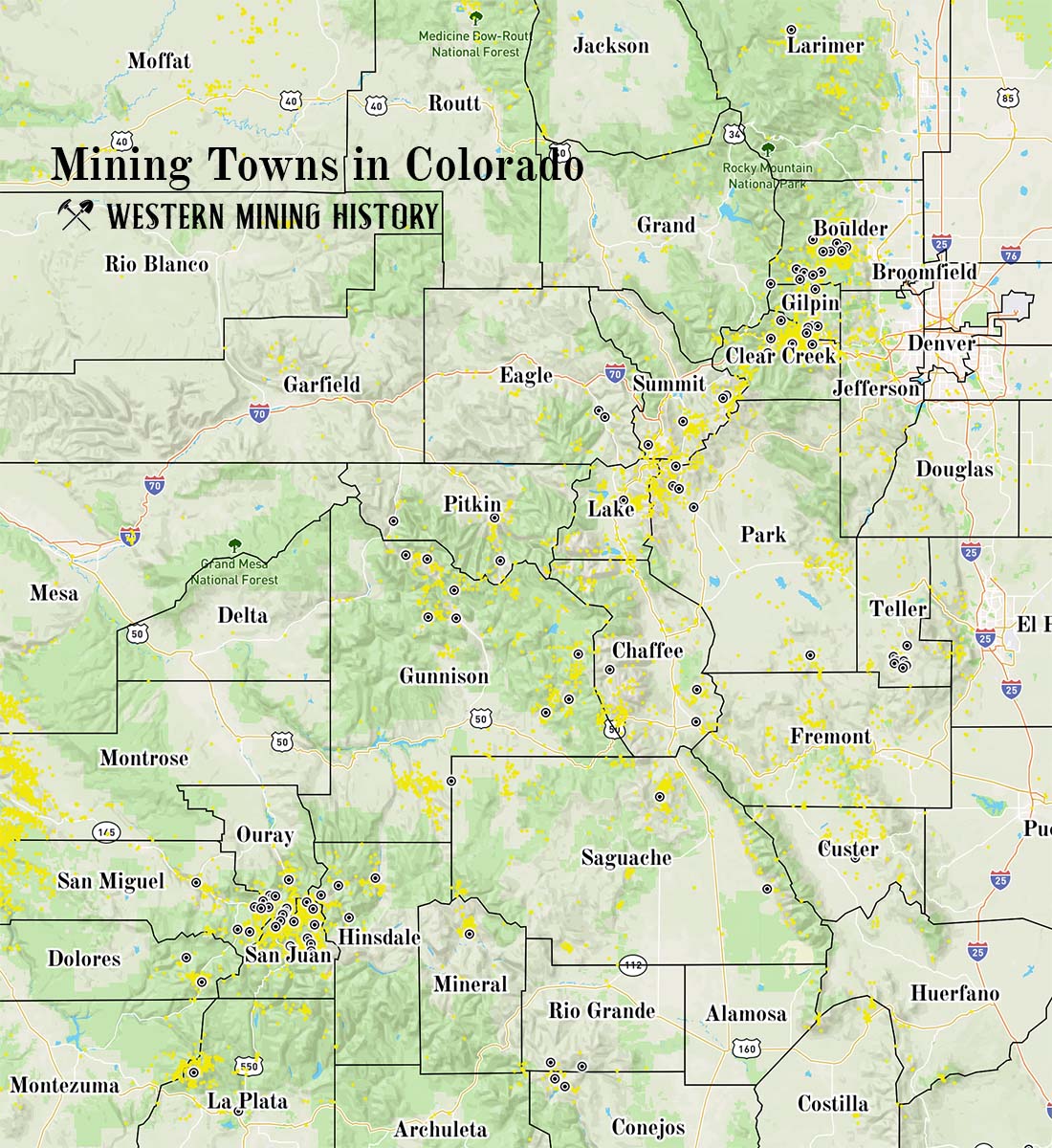
Explore over 100 Colorado mining towns: A tour of Colorado Mining Towns.
Colorado Mining Photos
More of Colorado's best historic mining photos: Incredible Photos of Colorado Mining Scenes.
